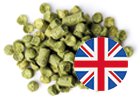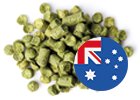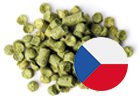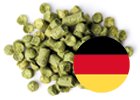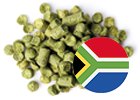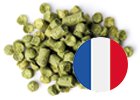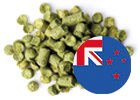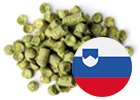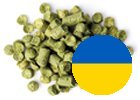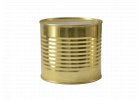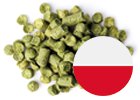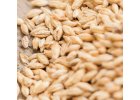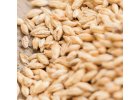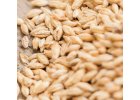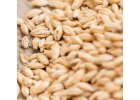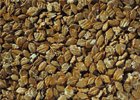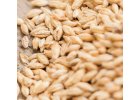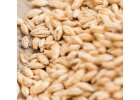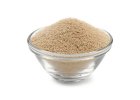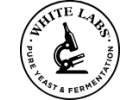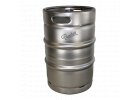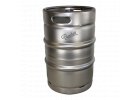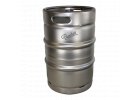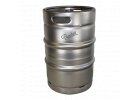
The use of oats in brewing is becoming increasingly popular, especially with the rise of beer styles that emphasize haziness (e.g., NEIPA – New England IPA). Traditionally, oats were primarily used in stouts, where their high polyphenol content contributes to a silky smoothness in the beer. Nowadays, oats are also widely used in other beer styles, mainly due to their ability to create a denser texture and a hazy appearance.
Why Use Oats in Brewing:
- Texture and Density: Oats, with their high fiber, protein, and beta-glucan content, give beer a richer, fuller body. This is desirable for beers where a creamy structure and a fuller mouthfeel are preferred.
- Creating Haze: Oats contribute to the hazy appearance of beer, which is desirable in styles like NEIPA. This "hazy" look aligns with a popular modern trend in brewing.
- Silky Smoothness: In stouts especially, oats add a soft, silky smoothness to the beer. This results from the higher fat and fiber content in oats, which influences the final texture.
Technical Challenges in Using Oats:
-
Filtration Bed Permeability: Oats lack husks (unlike barley), meaning they create more flour and finer particles during milling. These fine particles can reduce the permeability of the filtration bed and slow down wort runoff.
-
Wort Viscosity: Oats contain high amounts of beta-glucans, which can increase wort viscosity, leading to filtration issues. Beta-glucans are part of the cell walls of grains and are present in much higher concentrations in oats than in barley or wheat. Higher viscosity can block the filtration bed and slow wort flow.
-
Mashing Temperature: Mashing temperature affects the amount of beta-glucans extracted. At higher mashing temperatures (above 65°C), beta-glucans are extracted and tend to form gel structures, making wort flow more difficult.
Types of Oats:
-
Oat Malt: This oat is husk-free, meaning it creates more flour and fine particles during milling, which can slow filtration. It’s recommended to use it in moderation to avoid filtration issues.
-
Rolled Oats: This type is mechanically flattened, giving it properties similar to husks. It can improve the permeability of the filtration bed and reduce drainage issues.
How to Improve Filtration When Using Oats:
- Using Enzymes: Enzymes can help break down beta-glucans and reduce wort viscosity. However, it’s worth considering if using enzymes might reduce the desired qualities of oats in the final beer.
- Using Rice Hulls: Adding rice hulls to the mash can improve the permeability of the filtration bed and make filtration easier.
- Adjusting Mashing Temperature: Mashing at lower temperatures (around 63–65°C) can help limit beta-glucan extraction and improve wort flow.
For a better understanding of how different types of malt, including oats, affect the final flavor, texture, and brewing process, we provide a comprehensive table:
|
Malt |
Husk |
Max. Share |
Flavor |
Characteristics |
|
Wheat Malt |
No |
50% |
Refreshing and creamy |
Positive effect on foam |
|
Torrified Wheat Malt |
Yes |
10% |
Lightly grainy |
Positive effect on foam |
|
Rolled Oats |
Yes |
25% |
Creamy and smooth |
Smoothness, fullness, and creaminess |
|
Oat Malt |
No |
30% |
Creamy and oaty |
Smoothness, fullness, and creaminess |
|
Rye Malt |
No |
15% |
Earthy spiciness |
Fullness |
Conclusion:
Oats can significantly contribute to the texture, density, and haze of a beer, but their use requires careful consideration of quantity and technical adjustments to avoid filtration issues. Starting with smaller amounts of oats and gradually increasing them is recommended to better understand what your brewery can handle.


